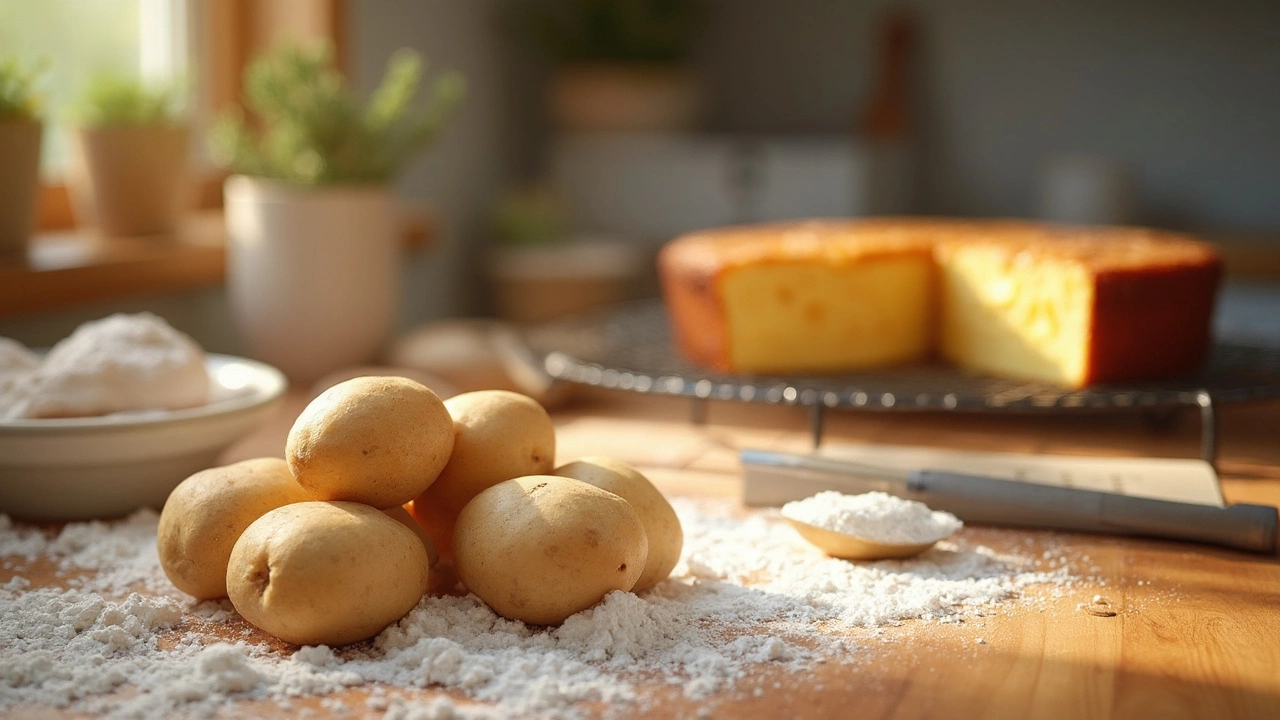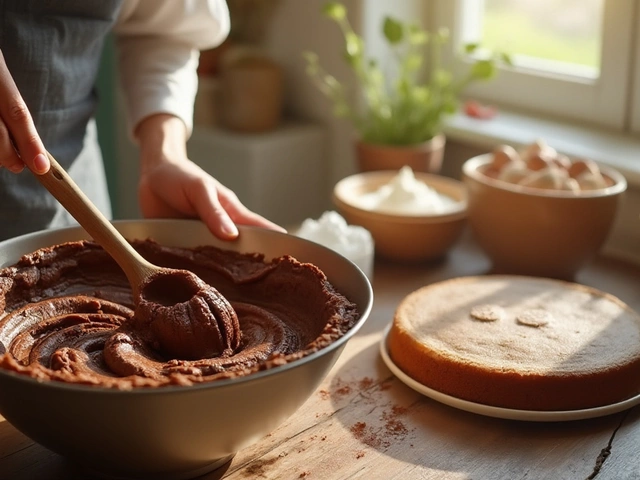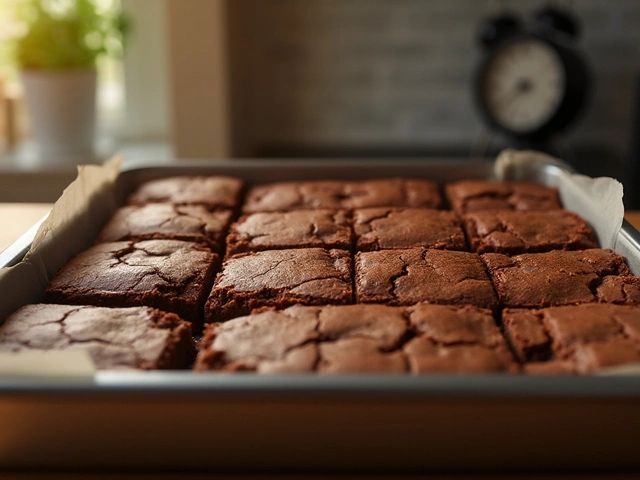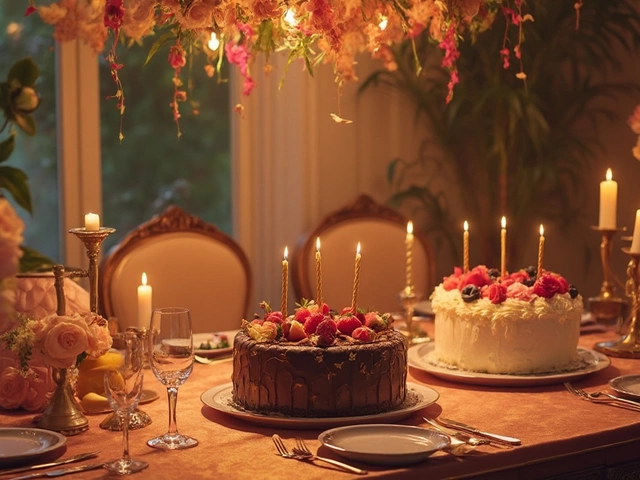Potato Flour Basics: Why It’s a Game‑Changer for Desserts
If you’ve ever struggled with crumbly gluten‑free cakes or gritty brownies, potato flour might be the missing link. Made from the starchy part of potatoes, it adds moisture, a light texture, and a subtle sweetness without any strong flavor. That means you can swap it into many of your favourite sweet recipes and still get a tender crumb.
One big perk is how well it binds ingredients. Unlike rice flour, which can leave a dry mouthfeel, potato flour holds water, keeping cupcakes and sponge cakes soft for days. It also works great in fudge, giving it a silky melt that’s hard to achieve with regular flour.
How to Use Potato Flour in Your Baking
Start small: replace about 20‑30% of the regular flour in a recipe with potato flour. For a typical 2‑cup flour recipe, that’s roughly ⅓ to ½ cup of potato flour. If you’re going fully gluten‑free, you’ll need a blend—mix potato flour with rice flour, almond flour, or tapioca starch to balance texture.
When making brownies, swap out the usual flour for an equal amount of potato flour and add a touch more liquid (milk or water). The result is a fudgy, moist bar that stays soft even after cooling. For cakes, combine potato flour with a leavening agent like baking powder; you’ll get a light rise and a tender crumb.
Tip: potato flour thickens quickly, so whisk it into dry ingredients before adding any liquids. This prevents clumping and ensures an even distribution throughout the batter.
Quick Potato Flour Dessert Ideas
Fudge with a Silky Twist – Use potato flour as a thickener instead of cornstarch. Heat your chocolate, sugar, and butter, then whisk in 2‑3 tbsp of potato flour dissolved in a splash of milk. Cook to the soft‑ball stage and pour into a pan. You’ll get a smooth, melt‑in‑your‑mouth fudge every time.
Gluten‑Free Cake – Mix ½ cup potato flour, ½ cup rice flour, ¼ cup almond flour, 1 tsp baking powder, and a pinch of salt. Add your wet mix (eggs, butter, sugar, vanilla) and bake as usual. The cake will rise nicely and stay moist.
Velvety Pudding – Combine ¼ cup potato flour with milk, sugar, and a dash of vanilla. Heat slowly, stirring until thick. It’s a quick, kid‑friendly pudding that feels richer than regular cornstarch versions.
Remember, potato flour can also replace some of the flour in classic recipes like tiramisu or cheesecake for a lighter texture. Just keep an eye on the liquid balance—add a little extra if the batter looks too thick.
Whether you’re new to gluten‑free baking or just looking for a way to make your desserts softer, potato flour is a simple, affordable ingredient that delivers big results. Experiment with the ratios, mix with your favourite flours, and enjoy the buttery‑soft outcomes in every bite.

Are Potatoes Gluten-Free? Everything You Need to Know for Gluten-Free Baking
Wondering if potatoes are truly gluten-free and safe for baking? This article breaks down the facts about potatoes, how they fit into gluten-free cakes, and what you should watch out for in the kitchen. Learn about potato flour, cross-contamination, and smart swaps for your favorite recipes. Get practical tips to make sure your gluten-free cakes stay safe and delicious. Find out why potatoes are a baker’s best friend if you’re living gluten-free.
View More




